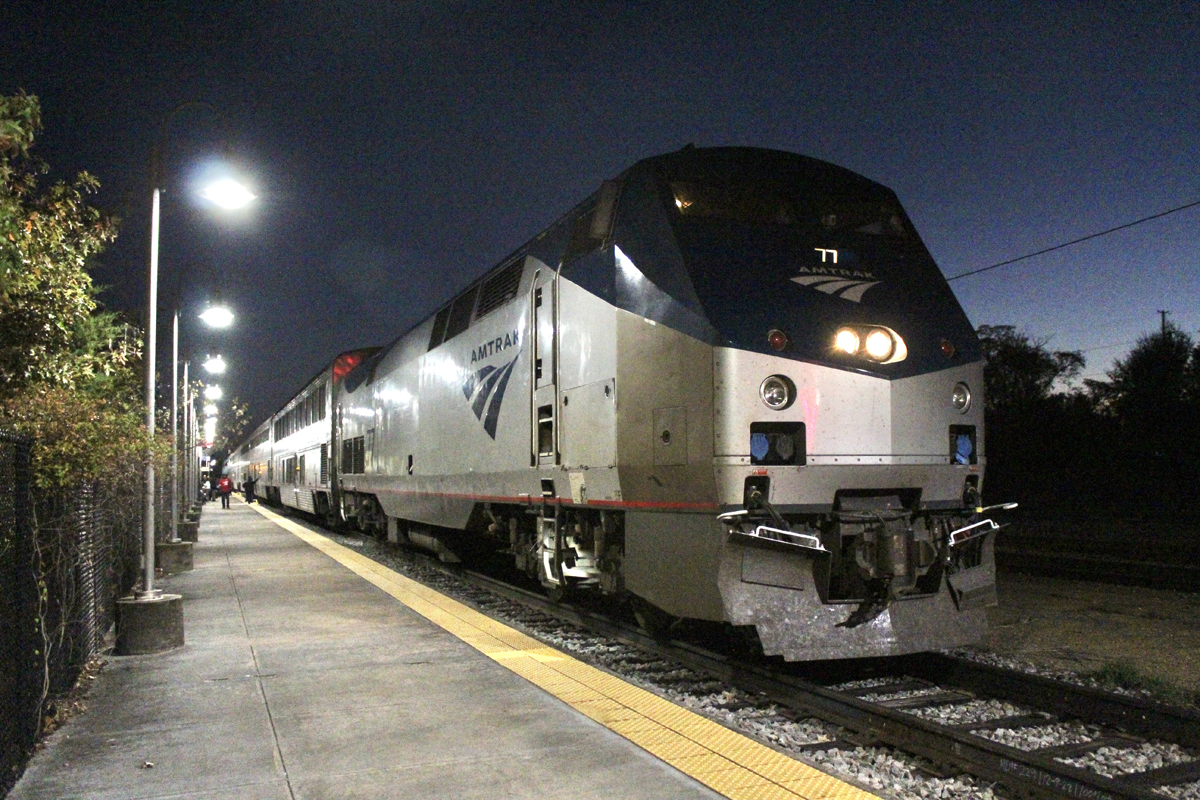
CHICAGO — Getting stranded on a long-distance train can be a maddening experience. Passengers have little recourse but to endure the delay, uncertain of its duration and knowing that appointments and connections will be missed.
As Trains.com has frequently reported, there have been many instances where highway crossing collisions, debris strikes, and especially “mechanical assessments” of failed equipment occurring at terminals or along the route can inflict significant tardiness. Travelers aboard the eastbound Texas Eagle leaving San Antonio on Oct. 28, for instance, suffered three locomotive failures resulting in a nearly nine-hour-late Chicago arrival on Oct. 29 at 10:28 p.m. instead of 1:44 p.m.
This week, the Crescent that departed New Orleans on Sunday, Nov. 9, was delayed more than two hours into Picayune, Miss., cooled its heels there for four hours, and left Atlanta about seven hours late, after 6 a.m. instead of midnight. It rolled out of Charlotte, N.C., almost nine hours late Monday afternoon, reaching New York on Nov. 11 at 3:12 a.m. instead of Nov. 10 at 6:42 p.m.
Holding for clear track
Often, however, long delays can occur over which Amtrak has no control. That’s what happened to the Chicago-bound City of New Orleans last week with Trains.com aboard. The train was set to depart Jackson, Miss., on time on Nov. 5 at 5:44 p.m. But just after its arrival, conductor Amber Osborne-Holland learned from Amtrak operations that an explosion had occurred an hour earlier at a chemical plant in Yazoo City, Miss., the next stop. Toxic anhydrous ammonia escaped in the blast, forcing the town’s residents to evacuate.
Uncertain of the situation at that point, passengers were allowed to board but were soon told that “there has been an accident” and the train would hold at Jackson awaiting further instructions.
In July, there had been a derailment on Canadian National’s Yazoo Subdivision in which toxic chemicals escaping from an overturned tank car also triggered an evacuation. [See “CN derailment in Mississippi …,” Trains.com, July 5, 2025]. With no alternate rail route available, the northbound City returned south from Jackson to New Orleans with all passengers; service was suspended south of Carbondale, Ill., for several days.
That scenario, or the possibility of securing motor coaches for a bus bridge and turning the southbound train at Memphis or Carbondale, was being weighed; passengers were not apprised of these hypotheticals. They were, however, invited to the lounge car for free water and snacks. Both the lounge’s lower-level cafe and the dining car offering “flexible” meals to sleeping car passengers remained open and serving.
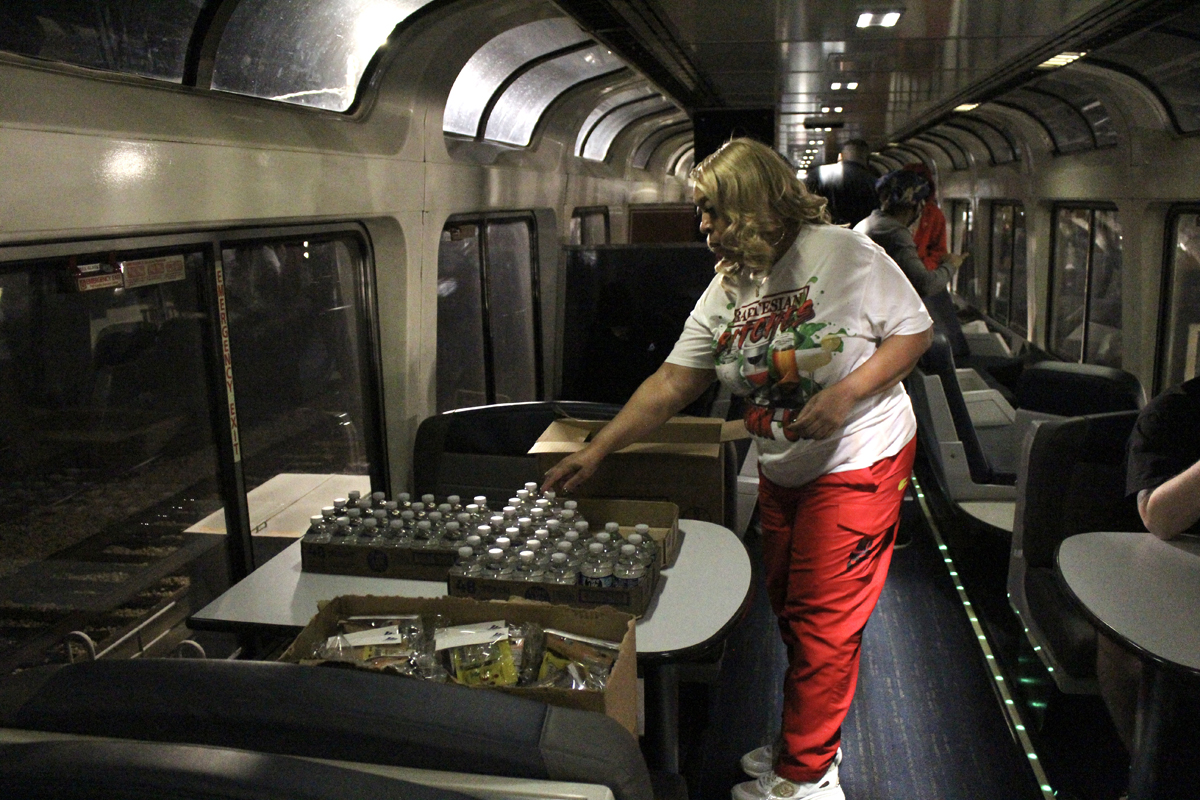
Frequent updates indicating a lack of new information appeared on travelers’ cell phones, along with periodic updates and delay apologies over the P.A. system from Osborne-Holland, though the long stop was clearly not Amtrak’s fault.
Eventually, more information began to trickle out:
— At 7:15 p.m.: “An air quality specialist is en route to Yazoo City to determine if it is safe to pass, but it will take about two hours for that person to get there.”
— At 8:45 p.m.: “We’ve been told that it is not safe to travel through Yazoo for the next two to four hours. We will keep you posted.”
— At 9:45 p.m.: A discussion — not shared with passengers — considered deactivating ventilation systems as the train passed through Yazoo City once the train had an “all clear” to proceed. But the CN dispatcher told the City engineer the train wouldn’t be cleared to move until the railroad received an acceptable air quality assessment.
Another concern: the operating crew’s impending hours-of-service expiration. City of New Orleans conductors normally change at Greenwood, Miss., the stop after Yazoo City, and a single engineer works from Jackson to Memphis. Different conductors and engineers then take the train to Carbondale, Ill. The personnel then on duty couldn’t legally work beyond 11 p.m. Another Amtrak crew would have to be called if the train was delayed any longer departing Jackson.
And that’s what happened. Up the line at Carbondale, conductors and the engineer assigned to take the train north at 3 a.m. were notified of the delay by Amtrak operations. Their start time was “set back” to avoid what happened with the necessary recrew at Jackson.
Arriving Canadian National freights headed north began tying up on adjacent yard tracks waiting to follow us, whenever that would be. The good news was that the southbound City of New Orleans had departed Chicago, so it appeared there would be no backtracking to the Crescent City tonight. With the City not moving for an extended period, settling into a roomette on the stationary train was much like the once-common practice of boarding or disembarking from sleepers picked up or set out by streamliners at an intermediate stop. Illinois Central’s Panama Limited on the same route had just such a car: a Chicago-Jackson, Miss., 10-roomette, six-double-bedroom sleeper that lasted until 1968.
On the move

The eventual departure at 11:46 p.m. and subsequent activity passed unrecorded until 5:45 a.m., when an on-time southbound City of New Orleans was observed waiting under a full moon at Woodstock, Tenn., for our tardy train to clear the single track from downtown Memphis.
That nocturnal passing is scheduled to occur midway between the Carbondale and Fulton, Ky., stops. The extraordinary delay — now seven hours — significantly disrupted travel plans, but also provided a rare opportunity to see in daylight what are normally overnight segments of the 934-mile route.
Among the highlights:
— Newbern, Tenn. The city purchased the 1920 Illinois Central depot in 1989, and after restoration in 1992, it replaced a City of New Orleans stop at nearby Dyersburg. The following year the building was recognized on the National Register of Historic Places. Though there is only a caretaker who opens the station at train time, the station features a heated waiting room, a museum, and a public space for community events.
— Fulton, Ky. Once the junction where the City of Miami diverged from the Chicago-New Orleans route, the train made a 10-minute fuel stop before briefly pausing at a station few people see.
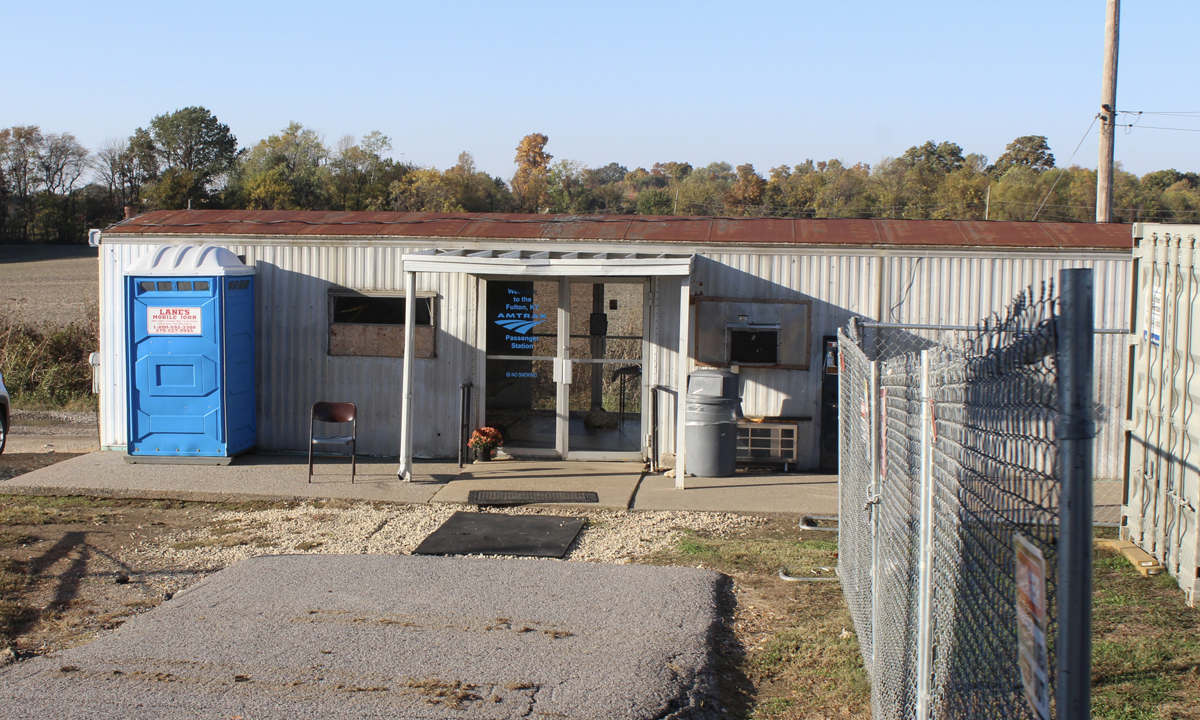
— The Ohio River Bridge at Cairo, Ill. The City twists up and over river boats whose piercing searchlights have always been a highlight of the train’s usual overnight crossings. With tracks rising 45 feet above water level to clear a 700-foot navigation channel — clearance on a par with New Orleans’ Huey Long Bridge — the rarely experienced daytime passage was announced in advance by the conductor.
Other highlights include gliding by abandoned twin concrete coaling towers a few miles north of the Carbondale station. A similar structure at Centralia, Ill., is accompanied by a sea of rusting rails and deteriorated ties. Of course, this part of the route is seen every day by passengers aboard the Illinois-supported Illini and Saluki, which along with the City make the Chicago-Carbondale corridor a key north-south transportation option.
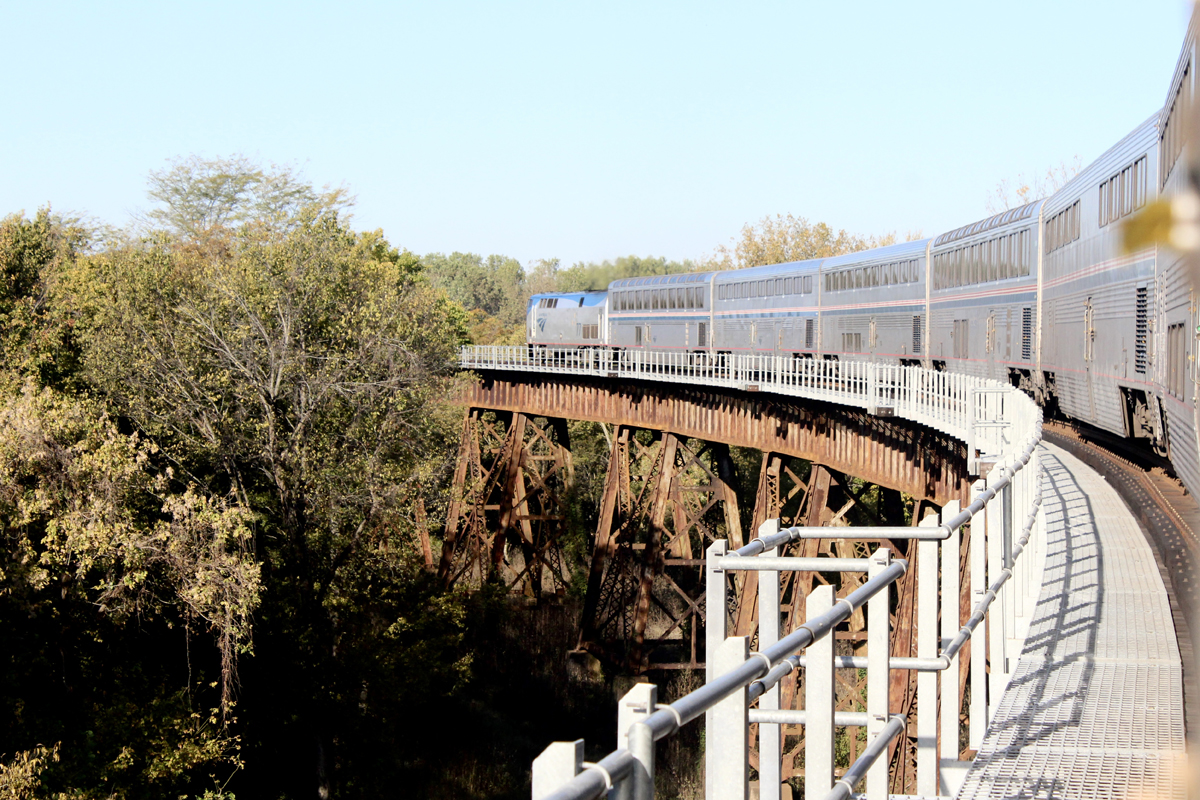
Postscript
Ample recovery time into Chicago trimmed the arrival to 6 hours, 18 minutes late. Arriving at 3:33 p.m. instead of 9:15 a.m. meant any morning appointments and all connections to Amtrak’s western long-distance network were missed. One woman traveling from Gulfport, Miss., to Emeryville, Calif., was forced to stay in a hotel overnight to be booked on the next day’s California Zephyr.
Two days later, an unsolicited email from Amtrak arrived. It said “an electronic transportation voucher was created for you that may be used as payment for future Amtrak travel.” Valid until Nov. 7, 2026, the amount of the voucher was $200. Despite the lengthy delay, and considering that the roomette was booked with Amtrak Guest Rewards points, getting paid to see parts of the City of New Orleans route always missed overnight worked out just fine. This time.






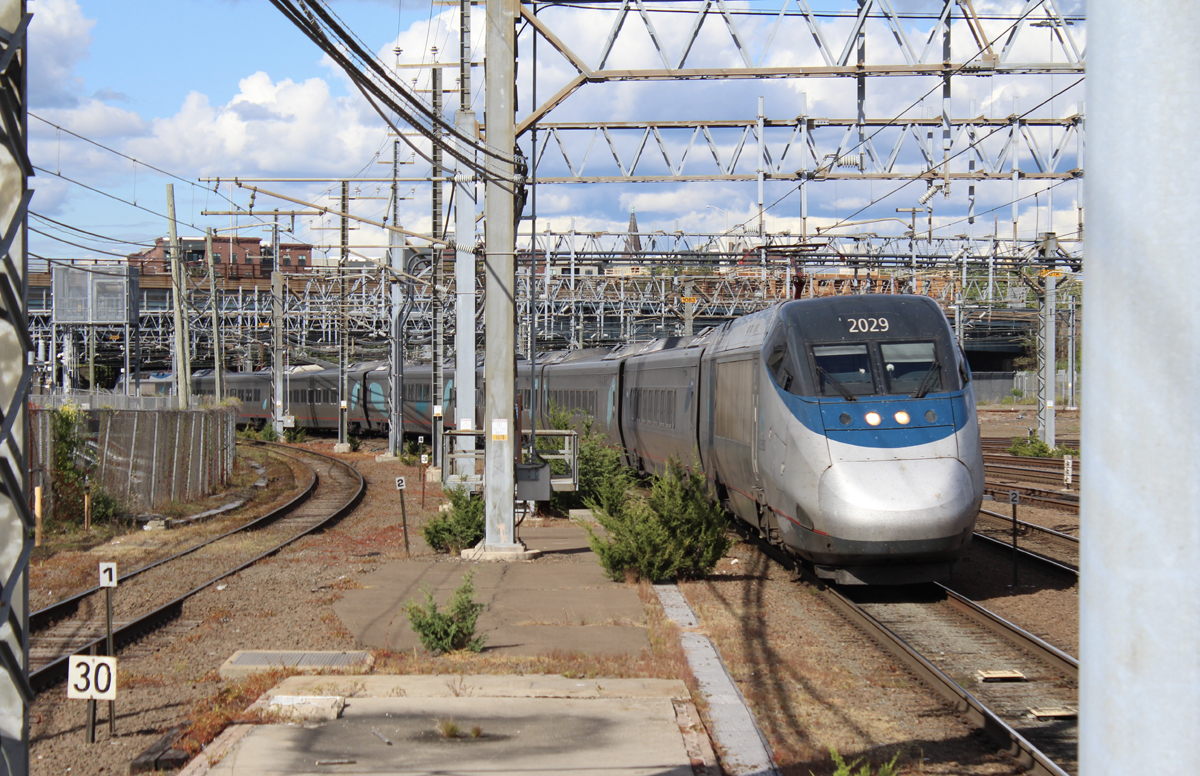
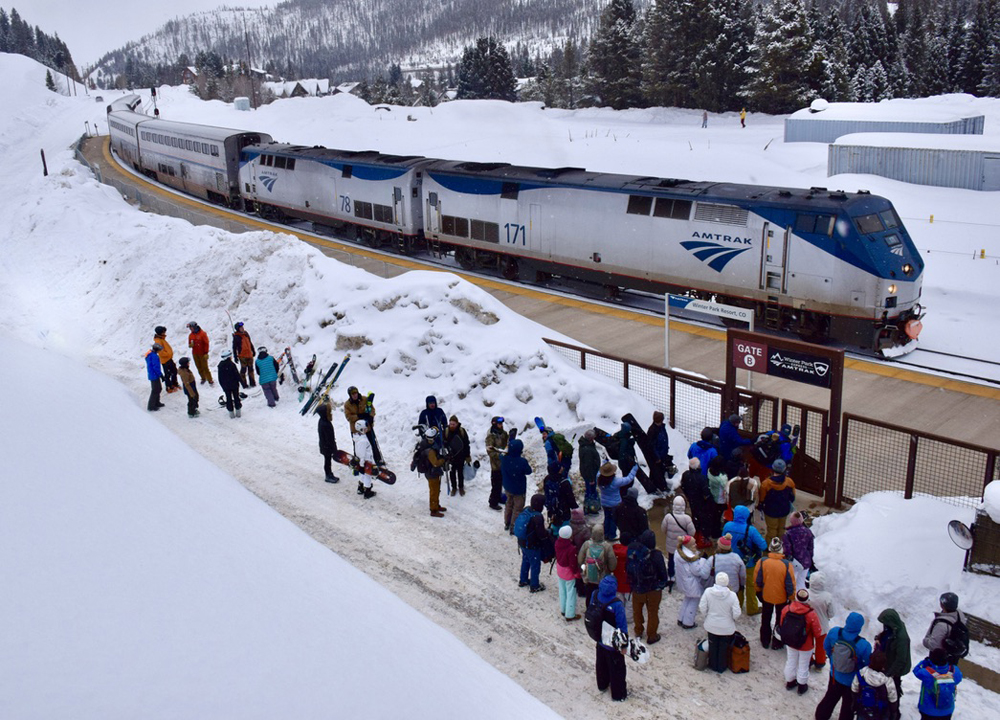

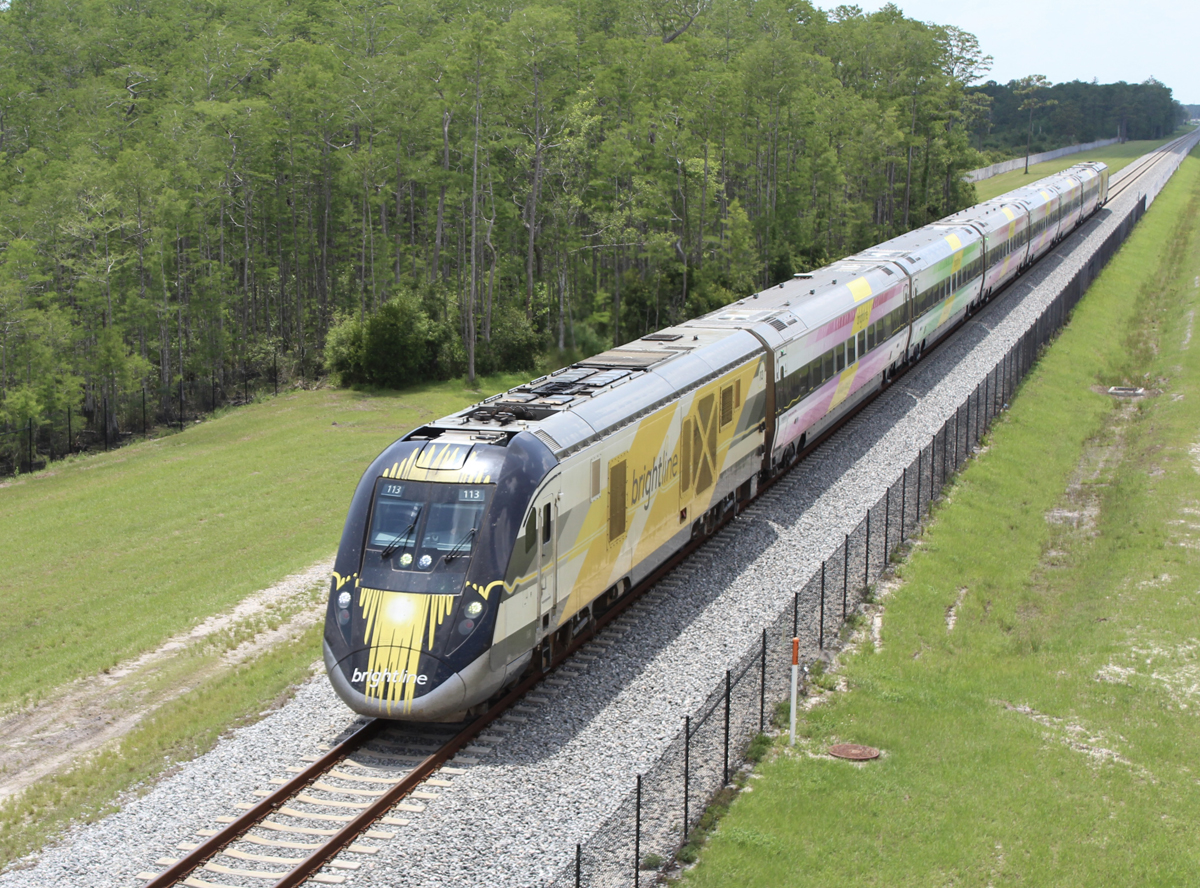

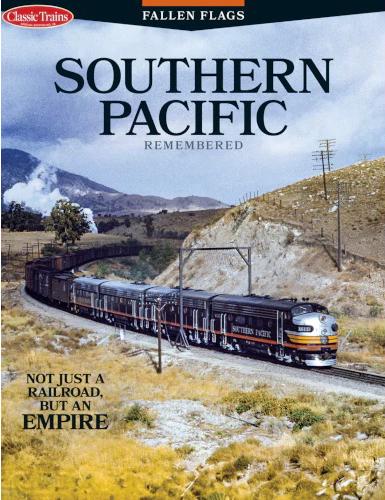

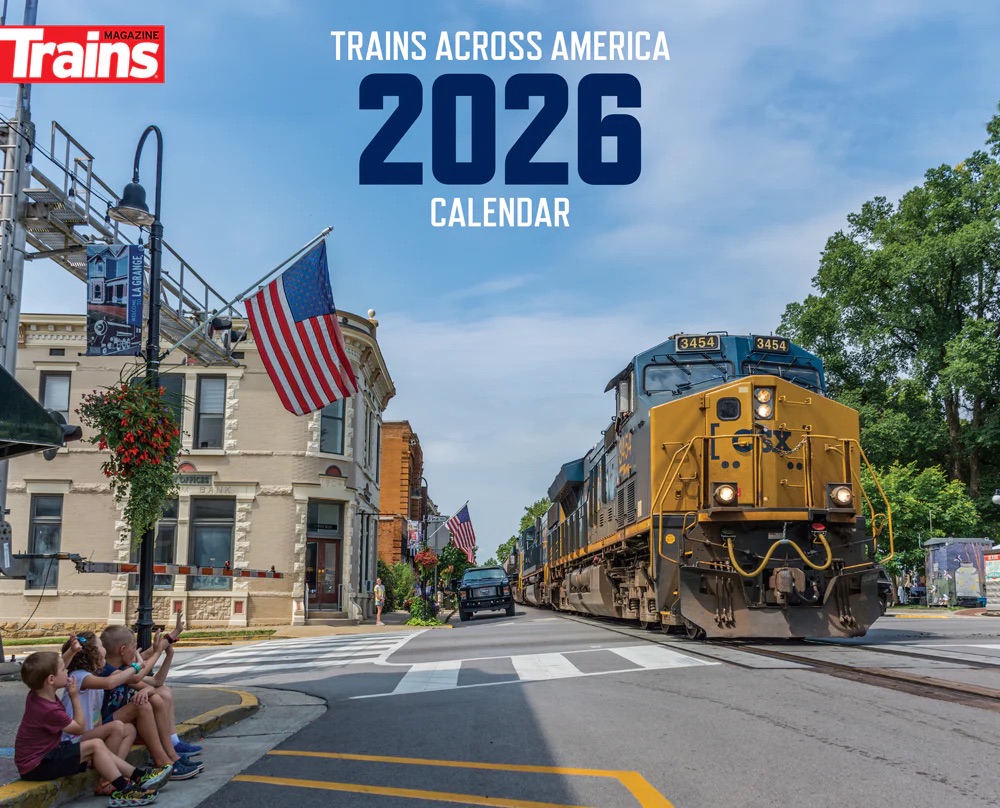
I was considering taking the Crescent from Atlanta to New Orleans to visit a museum there. But no longer……
A passenger travels Amtrak from Biloxi to Emeryville, faces huge delays and pretty much is lucky to get there at all.
To fly from Gulfport to Oakland on Delta costs $345 and consumes about eleven hours. You can look it up.
People don’t book a train trip to save time and money. You can look it up.
Thomas – I have looked it up. OAK airport, my putative destination for the lady who boarded Amtrak at Biloxi for Emeryville, has one-third the traffic count of all of Amtrak. Thing is, OAK is anything but America’s largest airport. It’s not even the largest in the Bay Area. OAK sort-of flies under the radar. When a family member had to travel to Tracy (California) last month, she flew into SFO, not even knowing that OAK, closer to Tracy, exists. Add OAK to San Jose and SFO, you’ll find a whole lot of people not choosing Amtrak.